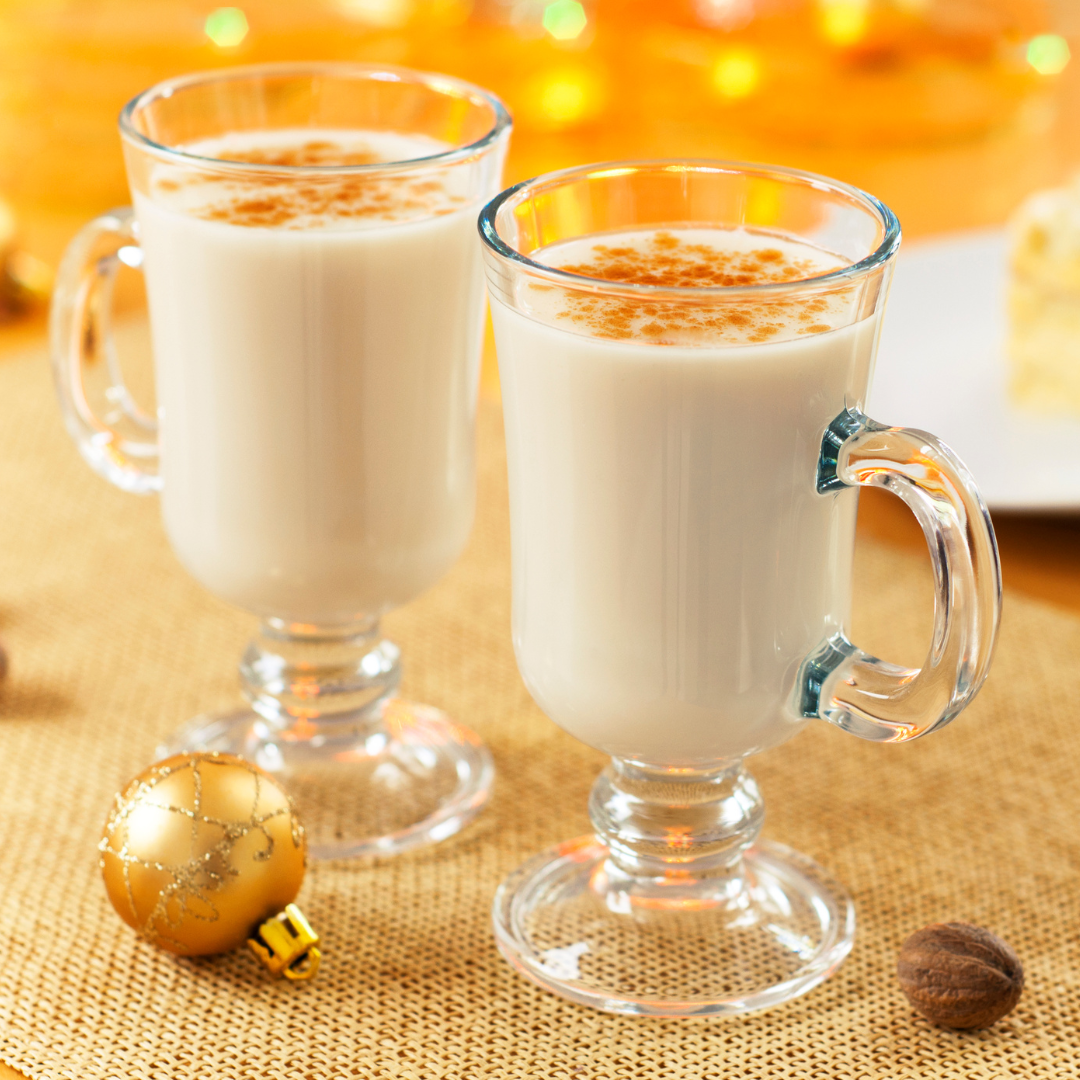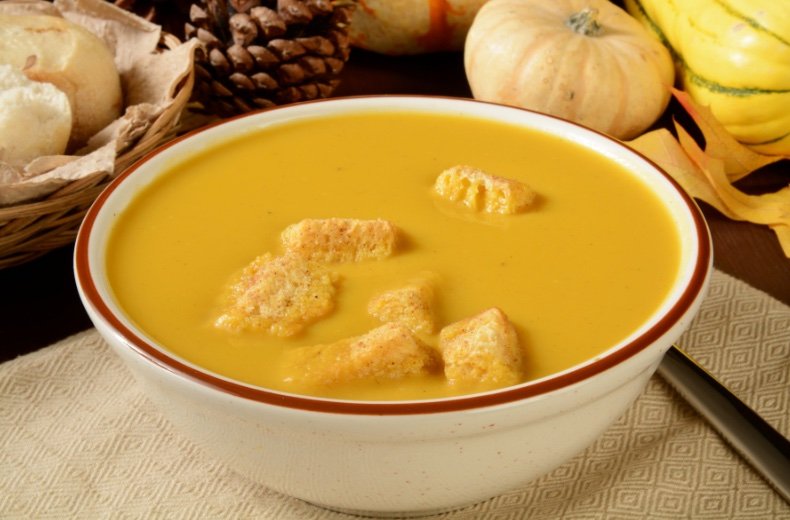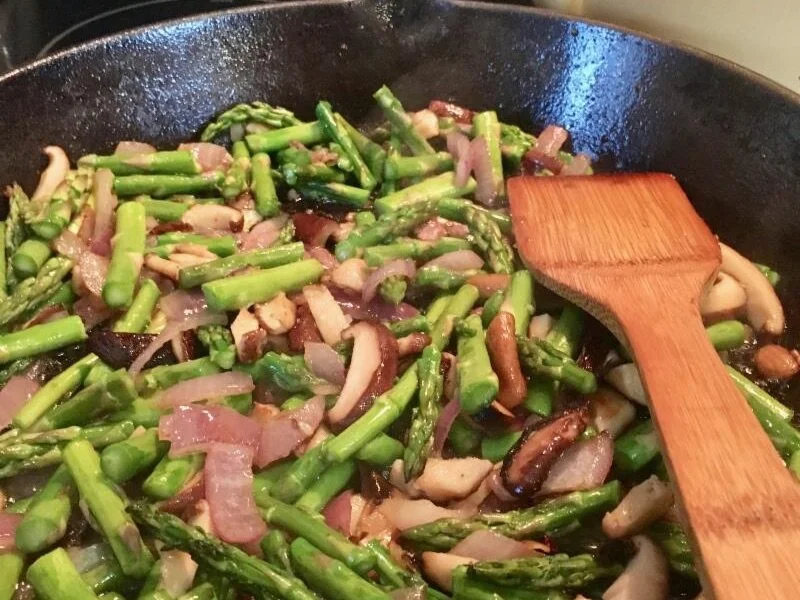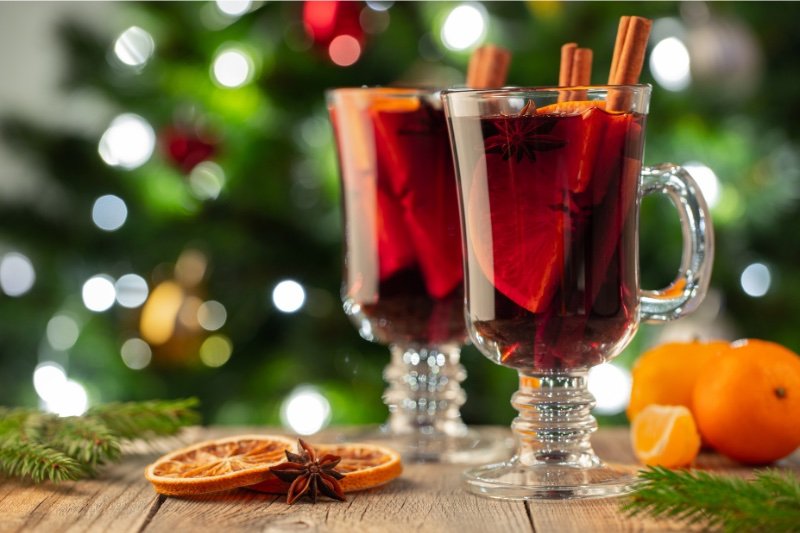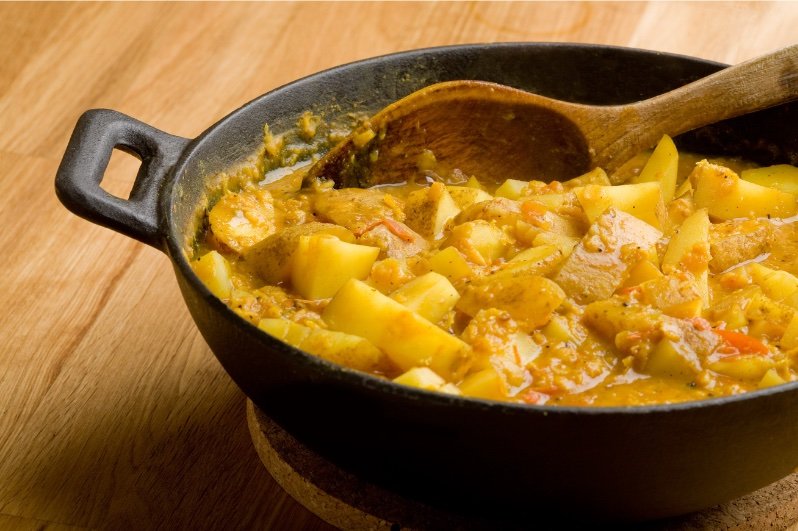All About Beets
/I’ve adored beets for as long as I can remember; their vibrant, saturated color and their subtle sweet flavor made them a mysterious and coveted treat since childhood. They weren’t served at my family’s meals, so growing up I sought them out at restaurants. Rarely did I find them on the menu, and when I did, I was more excited than a kid at a candy buffet. I’d most often order the salad bar which usually contained my beloved beet treat, for which I yearned.
Starting in grade school, I became a superfan of The Frugal Gourmet on PBS with Jeff Smith. In one episode he shared a Russian borscht recipe that I locked away in my memory for several years until I moved out of my parents’ house and began cooking for myself. I still prepare this favorite dish. It’s like eating part of the rainbow and is a comfort food of the highest order. Its simple and straightforward ingredients allow the beets to shine in all their yummy glory, and the recipe is below if you’d like to try it.
As a teen I discovered one of my favorite Tom Robbins books, Jitterbug Perfume, in which he describes the true nature of beets, and it still speaks to my heart. I think of this every time I prepare beets. I know some people have spirit animals; if it's possible to have a spirit vegetable, certainly beets are mine. Here is what Tom Robbins has to say about beets:
“The beet is the most intense of vegetables. The radish, admittedly, is more feverish, but the fire of the radish is a cold fire, the fire of discontent, not of passion. Tomatoes are lusty enough, yet there runs through tomatoes an undercurrent of frivolity. Beets are deadly serious.
“Slavic peoples get their physical characteristics from potatoes, their smoldering inquietude from radishes, their seriousness from beets. The beet is the melancholy vegetable, the one most willing to suffer. You can't squeeze blood out of a turnip....
“The beet is the murderer returned to the scene of the crime. The beet is what happens when the cherry finishes with the carrot. The beet is the ancient ancestor of the autumn moon, bearded, buried, all but fossilized; the dark green sails of the grounded moon-boat stitched with veins of primordial plasma; the kite string that once connected the moon to the Earth now a muddy whisker drilling desperately for rubies. The beet was Rasputin's favorite vegetable. You could see it in his eyes.”
Beets are mysterious and romantic. They also are nourishing, and, according to Chinese medicine, they feed our blood, regulate qi circulation, and tonify heart qi which calms the mind and spirit and aids sleep. From an energetic perspective, beets nourish the root chakra, so they help keep us grounded and feeling stable, secure, and connected to self and others.
And it's not just the root part of the beet plant that has nutritional benefits; the greens are wonderful, too. They contain vitamin K, copper, manganese, iron, and plenty of fiber. Beet greens are considered a high oxalate food, so it may be best to limit or avoid them if you have osteoporosis or kidney stones because oxalate disrupts calcium absorption. If you are keen on eating beet greens, I have a favorite recipe to share with you below; it’s one of the yummiest things I make, and even my vegetable-phobic friends have enjoyed it.
Would you like to add some color, intensity, and romance to your diet? Here are two of my favorite recipes to inspire you.
Russian Borscht
Ingredients
6 cups of beef or vegetable stock
½ - 1 onion, chopped
1 bay leaf
1 – 2 bunches of beets, cleaned and chopped into small pieces
1 – 2 cups of plain yogurt or sour cream
1 tbsp butter
fresh dill weed, chopped
salt and pepper
optional: ½ green cabbage, thinly sliced
Instructions:
Sauté onions in butter until translucent. Add stock, beets, and bay leaf to pot and cook until beets are tender. Remove bay leaf. Season with salt and pepper to taste. Add cabbage if using it and cook until desired tenderness is reached. For the yogurt or sour cream, stir it in and serve as a creamy soup or use as a garnish. I usually do both. Top with fresh dill weed.
Some ideas for variations: You might consider making your own stock using a soup bone, which adds a lot of flavor and heartiness plus the added nutritional benefits of bone broth. You could add a soup bone to premade stock, too, for some extra flavor and nourishment. Sometimes, I make this recipe with stewing lamb or stewing beef and/or white beans or potatoes. The recipe can be adapted to have less liquid and lots of meat and beans or potatoes to make it more like a stew. Another idea - in place of the cabbage, you could use the beet greens instead. I’ve made borsht countless times and I’ve never been disappointed with any of the variations I’ve tried. Get creative with your borscht!
Beet Greens with Tahini Sauce
Ingredients
a bunch of beet greens and stems, chopped
1 garlic clove, pressed or grated
handful of golden raisins
handful of shelled pistachios or chopped walnuts
olive oil
½ cup tahini
juice of 1 lemon
½ cup of water
pinch of salt
optional: 1 – 3 tbsp maple syrup
Instructions:
Sauté the beet greens and raisins in olive oil until desired tenderness is reached. Season greens with salt. While this is cooking, prepare the tahini sauce: In a bowl, mix tahini, garlic, lemon juice, and water. If it’s too thick, add more water. If you find it bitter, add maple syrup. Season with salt to taste. When the beet greens are done, top with nuts and tahini sauce and serve.
The tahini sauce is also a yummy salad dressing or, when made on the thicker side, a veggie dip or sandwich spread. Tahini is sort of magical – when you mix it with water, it remains very thick. If you desire a pourable salad dressing, you’ll probably have to add more water than you expect.

















